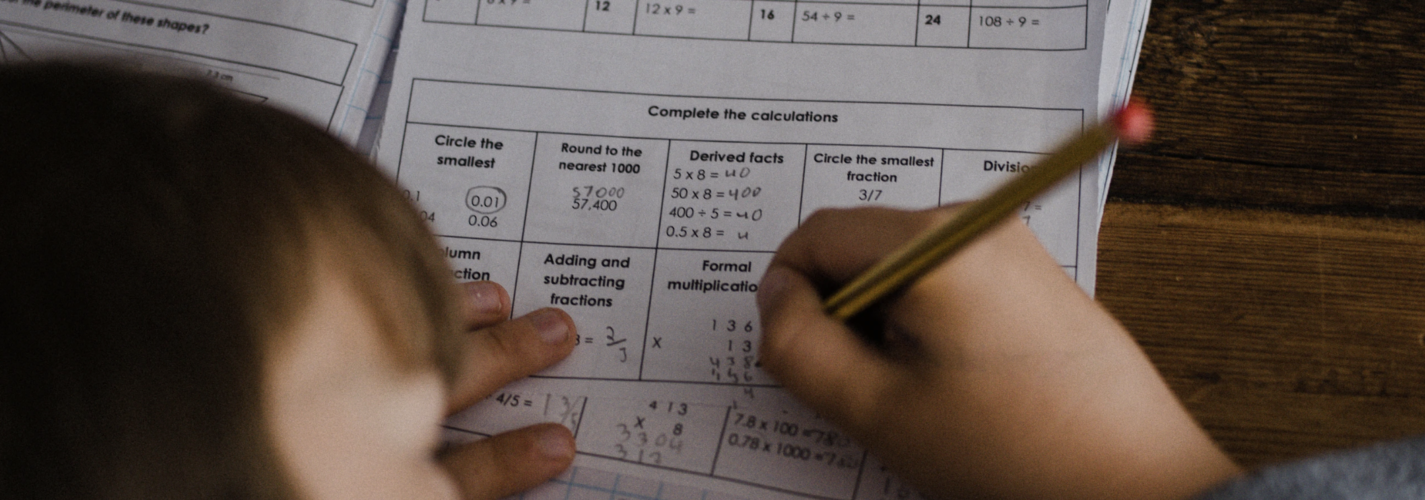What Does the Federal CARES Act Mean for Education in MN?
By Krista Kaput
After swift action to secure bipartisan agreement at the federal level, legislators passed the Coronavirus Aid, Relief, and Economic Security (CARES) Act in late March. This $2 trillion stimulus package to address the national COVID-19 crisis includes $13.5 billion for K-12 schools and $3 billion in emergency support grants to help K-12 schools and higher education institutions that have been most significantly impacted by COVID-19.
Now, it will be up to state, district, and school-level leaders to ensure the money helps move the needle for students, particularly those most underserved, during this unprecedented time.
These federal funds could advance educational equity for our state’s most underserved students. Here, I recap how and highlight the importance of ongoing state-level investment, oversight, and support.
Critical Funding Support on the Way
Federal K-12 support is broken into two components. First, Minnesota will receive a portion of the $13.5 billion education stabilization fund through a formula linked to Title 1 funding. This ensures that states with higher concentrations of low-income students get more funding, placing Minnesota in the middle of the pack (28th).
These funds will flow through the Minnesota Department of Education (MDE), with at least 90% going directly to districts and charter schools based on their Title 1 funding. The remaining 10% may be reserved for emergency needs as determined by the state. Districts and charter schools can use the funds for a broad range of educational purposes, including:
- Providing K-12 students with internet and technology to help students with distance learning, including adaptive equipment for students with special needs;
- Efforts to help students from low-income families, students with special needs, English learners, homeless students, students in foster care, and students of color;
- Planning and providing in-person or online summer learning programs and after-school programs;
- Providing school meals;
- Mental health services; and
- Sanitizing school buildings.
Congress also makes the funding contingent on states sustaining future school spending. Specifically, states must provide an “assurance” that they will fund K-12 and higher education in fiscal years 2020 and 2021, at or above the average funding levels from the previous three fiscal years. However, Secretary DeVos could choose to waive that requirement for states that experience a “precipitous decline” in financial resources. This caveat is something to watch for since the impending recession will likely lead to a budget crisis for the state, with a subsequent drop in K-12 revenue.
Minnesota will also receive its share of a $3 billion emergency support fund. State governors can use this money to make grants at their discretion to help K-12 schools and colleges that have been most significantly impacted by COVID-19. It will be important for Governor Walz and his administration to implement the grant program with input from educators, parents, students, and advocates to identify how these grants can best support the success of our state’s most underserved students.
School-Based Waivers: More Flexibility for Schools but Reduced Accountability
Leaders in Congress and at the U.S. Department of Education understand the need to expedite and issue waivers to current laws that would be difficult to follow at this time. In addition to the federal government streamlining the waiver process, it also expands the types of waivers states and districts can receive. For example, MDE and districts can now apply for waivers on:
- Reporting on progress toward statewide achievement goals under the Every Student Succeeds Act;
- Identifying new schools for improvement (Minnesota was scheduled to do this in 2021);
- Annual state testing requirements;
- Requirement to maintain education spending in order to receive federal funds; and
- Limits on how much Title 1 funding districts may carry over to the next year.
Minnesota has already received initial approval to waive the Minnesota Comprehensive Assessments for the 2019-20 academic year. Overall, these waivers can provide states and districts with important flexibilities that can help our systems be nimbler in their response to COVID-19. At the same time, less information on student performance, schools in need of improvements, and progress made toward closing achievement gaps reduces system-wide accountability. In sum, these waivers require steady-handed state leadership to ensure we don’t stray too far from the equity goals that underlie many of these requirements.
State Action Still Critical
These federal investments and waivers provide a jumpstart to the hard work that’s yet to come. Minnesota policymakers still have a critical role to play in ensuring student-centered approaches have the support and guidance needed to take root in both the short and long-term. Moreover, it’s going to take weeks (if not months) for federal funds to flow down to where they are needed. Waivers will also take at least 30 days to be granted. But students, families, and educators don’t have time to wait.
From conversations we have had with educators, students, families, and other advocacy organizations, we know that they are concerned about:
- The 17% of Minnesota students, particularly low-income and rural students, who do not have access to the internet;
- Students who do not have access to devices, technology, and other resources that are needed to implement quality distance learning;
- Education and opportunity gaps being exacerbated;
- Accommodations for students with special needs;
- Supports for English learners and accessible communications for their families; and
- Access to food and nutrition for low-income students.
Minnesota legislators should act now to address the needs of students, especially our most underserved, and complement the federal work. Through policy and supplemental funding, we can address remaining gaps and make sure that students aren’t left behind in the wake of COVID-19. Join us in calling on Minnesota leaders to act!

